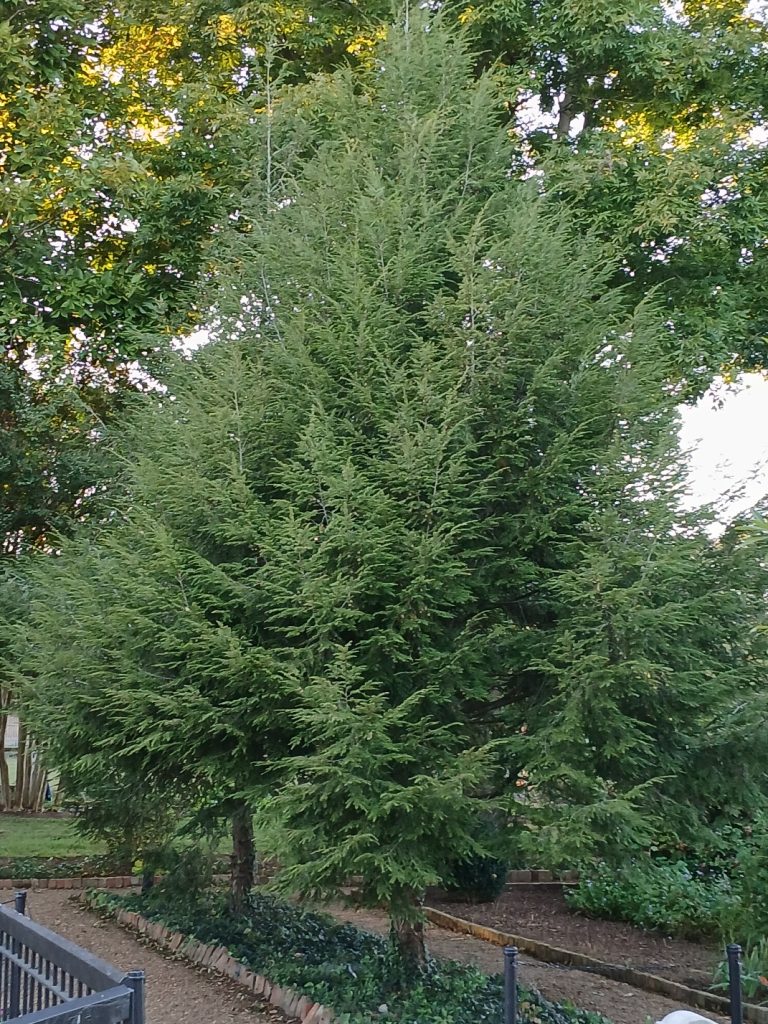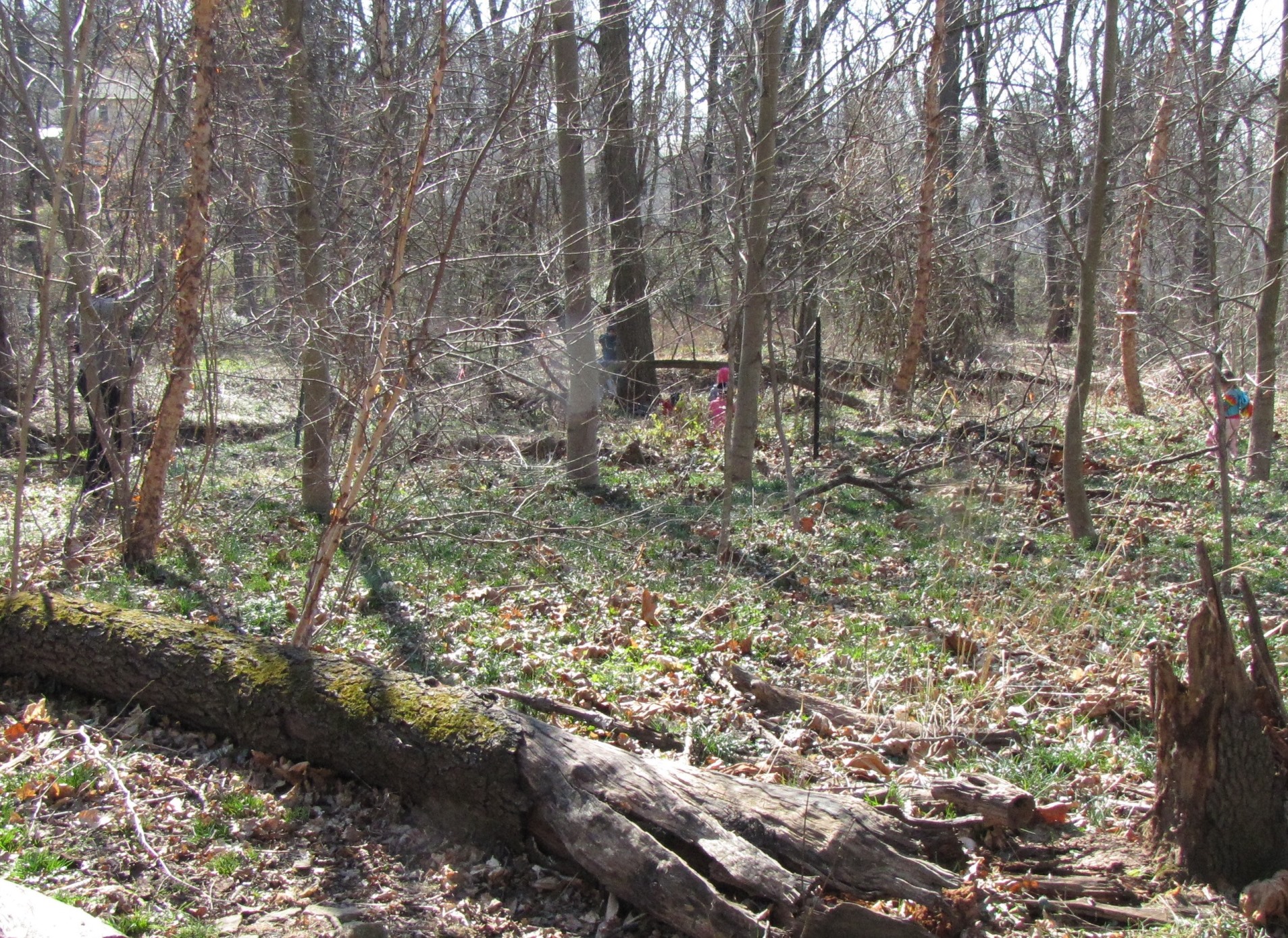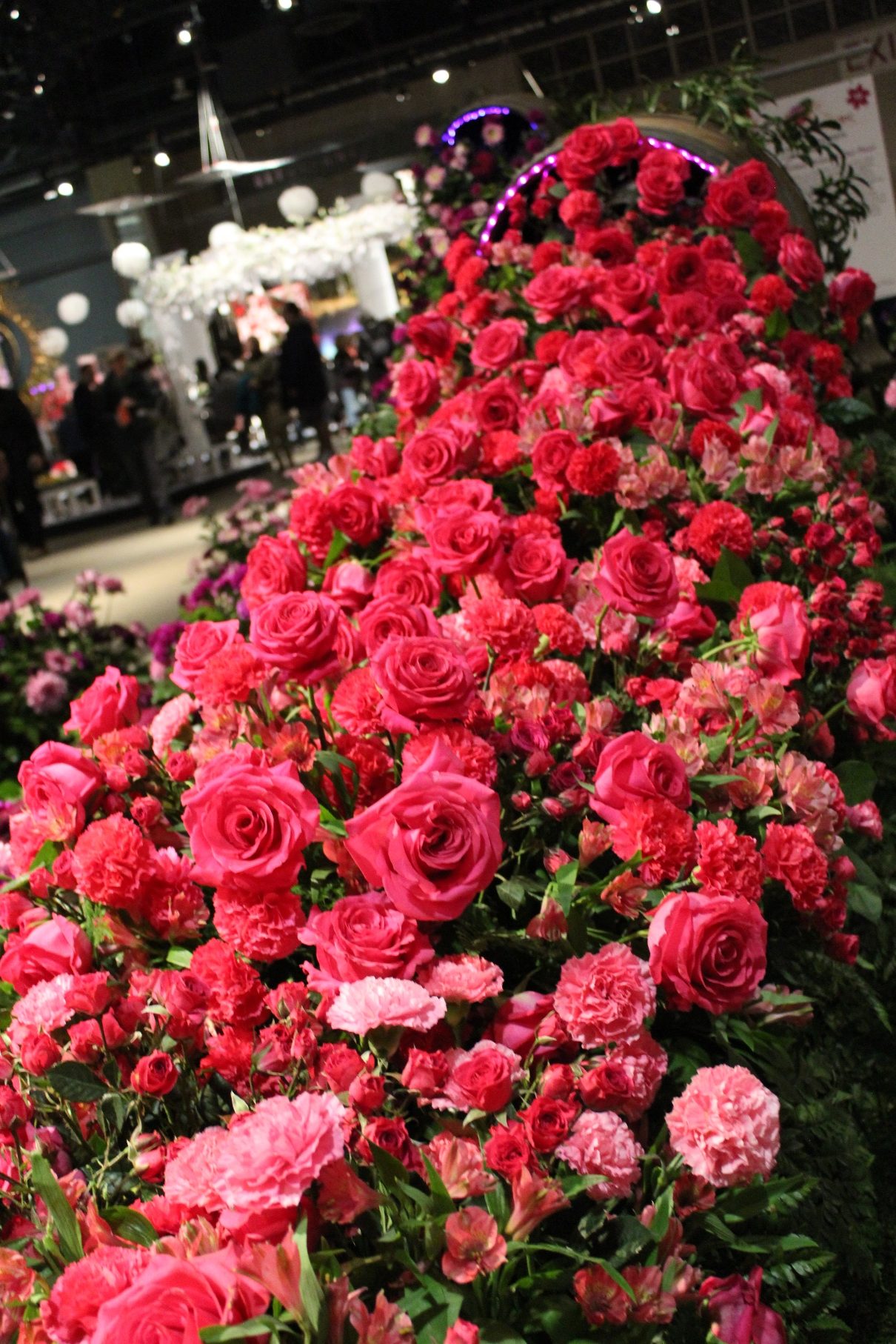The Eastern Hemlock: A Pennsylvania Treasure

On June 22, 1931, the Pennsylvania legislature declared the Eastern Hemlock the official state tree. This affirmed the belief of Dr. Joseph T. Rothrock, otherwise known as the “Father of Pennsylvania Forestry” that “If Pennsylvania were to select one tree as characteristic of our state, nothing would be better than the hemlock.”
The Eastern Hemlock was for well over a century, a major part of the commonwealth’s economy. At its peak, more than a billion boards of hemlock were harvested each year for use in building homes. Hemlock bark also served as a source of tannic acid to tan leather by PA’s early settlers and through the late 1800s. Known for its resistance to rot, the wood is commonly used today for railroad ties and barn siding. Native Americans also used cambium from the tree as a base for breads and soups and made tea from the leaves, which are high in Vitamin C.
A common tree in PA forests, it is found in northeastern and Appalachian regions of North America, from sea level to 1500 meters. It is a slow grower. The Eastern Hemlock can take 250-300 years to reach maturity and can live for 800 years or more. It provides home for many birds and other animals while its thick foliage cools the forest floor and blocks heavy snowfall in the winter.
This evergreen has short, flat needles that are green on top and white on the underside with a flattened appearance on each branch. Flowers appear in the spring and ripen into cones in the fall which in turn release seeds during the winter. A mature tree can reach 160 feet high and a trunk diameter of 6 to 7 feet. These trees have a shallow root system, so they are susceptible to drought and wind fall when not in a protected area.
The Eastern Hemlock is not to be confused with the poison hemlock which is a biennial herb imported from Europe and now common throughout much of North America. Quite the contrary, in fact: the inner bark and leafy twig tips of Eastern Hemlock can be used to make tea and the bark has been used in the past as a poultice for bleeding wounds





